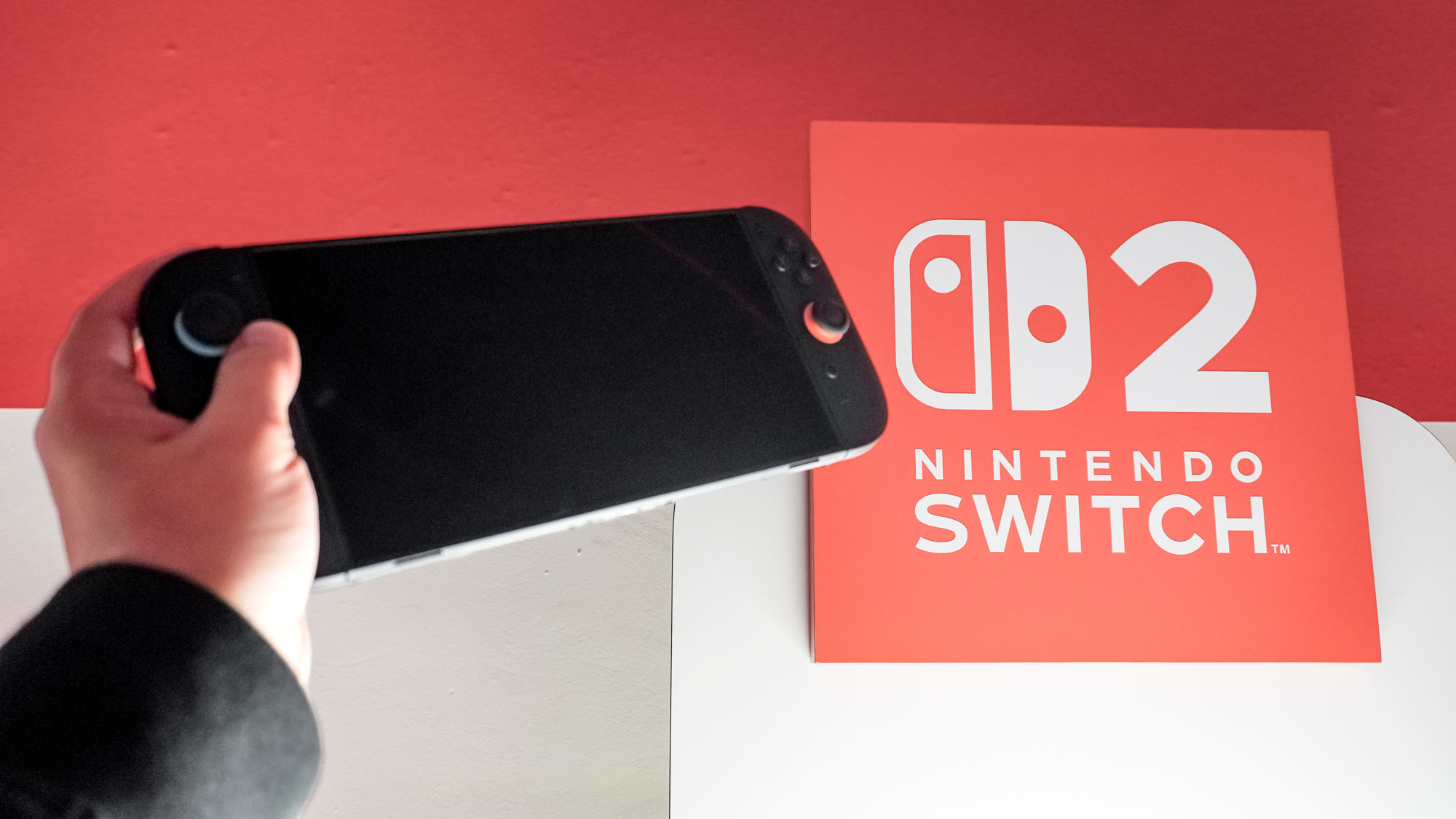How to Enable PINs, Passwords and Pattern Locks on Android
Locking your Android device's screen with a PIN, password or pattern-lock is extremely easy and takes only a few minutes.

One of the easiest ways to secure an Android device is to lock your screen with a PIN, password or pattern, and yet more than half of all Android devices remain totally unprotected.
The good news is that locking your Android device's screen is extremely easy, and will put you ahead of more than half of the current Android population. All you need is a few minutes and a working set of fingers. (Keep in mind, however, that many wireless carriers and manufacturers limit this functionality unless you root your Android device.)
First, ensure that your Android smartphone or tablet is updated to the latest software version. This guide is written with Android 4.3 (Jelly Bean) systems in mind, although the process is very similar on older versions.
To update, select Settings, then About Phone/Tablet and then System Updates.
MORE: 10 Best Apps for Finding Lost Smartphones
Android devices generally update automatically to the latest system versions offered by the cellular carrier or manufacturer, but if not, clicking "Check now" will take care of it. Wait for the software to install and the system to restart.
Now, click Settings, then Security and then Screen Lock. You'll get a number of different options, including None (not recommended for obvious reasons), Slide (ever-so-slightly better than None) and Face Unlock (not bad, but somewhat unreliable).
Sign up to get the BEST of Tom's Guide direct to your inbox.
Get instant access to breaking news, the hottest reviews, great deals and helpful tips.
If you want the best security for your lockscreen, you'll want to choose a PIN, pattern lock or password. The PIN is the simplest of the three: Select a sequence of numbers between four and 16 characters long. You'll have to input this code every time you wake up your phone.
A password gives you the same functionality, except that your four-to-16-character access code may contain letters and punctuation marks in addition to numbers.
This is arguably more secure than a PIN in that it uses a wider selection of characters, and less secure than a PIN if you choose something easy to guess (like "password").
Pattern is a relatively new kind of lock that provides nine small dots in a square. By dragging your finger across at least four of them in a certain order, you can set up a pattern that you'll have to retrace in order to unlock your phone. This option is fairly secure, although drawing out a very precise pattern every time you pick up your phone could get tiresome.
There is actually one other way to set a PIN lock on your Android device, although it works best in a worst-case scenario.
If you activate Android Device Manager (check our tutorial for more information), you can set a PIN for your device remotely. If a thief has stolen your phone or tablet, this will theoretically prevent him or her from accessing your private information.
Whatever method you choose, you're much better off with a lock screen than without one.
Follow Marshall Honorof @marshallhonorofand on Google+. Follow us @tomsguide, on Facebook and on Google+.
Marshall Honorof is a senior editor for Tom's Guide, overseeing the site's coverage of gaming hardware and software. He comes from a science writing background, having studied paleomammalogy, biological anthropology, and the history of science and technology. After hours, you can find him practicing taekwondo or doing deep dives on classic sci-fi.
-
schmid <!-- ◘◘ ◘◘ ◘◘ up to I saw the draft 4 $5028, I have faith that...my... friends brother actually bringing home money part time at there labtop.. there mums best friend started doing this for only about six months and just now repayed the dept on there condo and got a great new Chevrolet. you can check here,,…….. www.BAY89.COm …. ◘◘ ◘◘ ◘◘Reply

